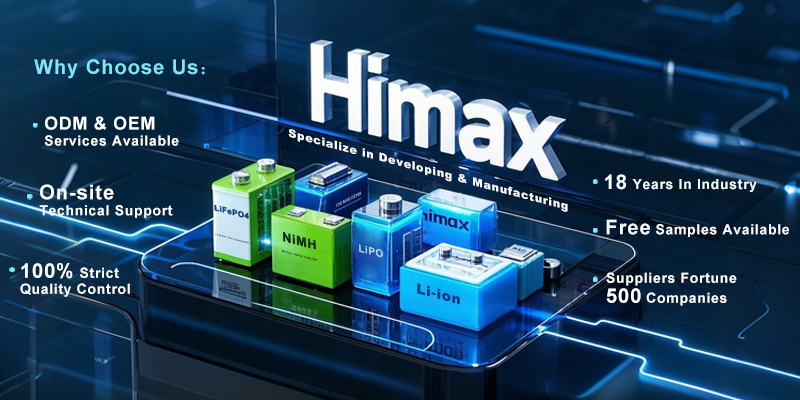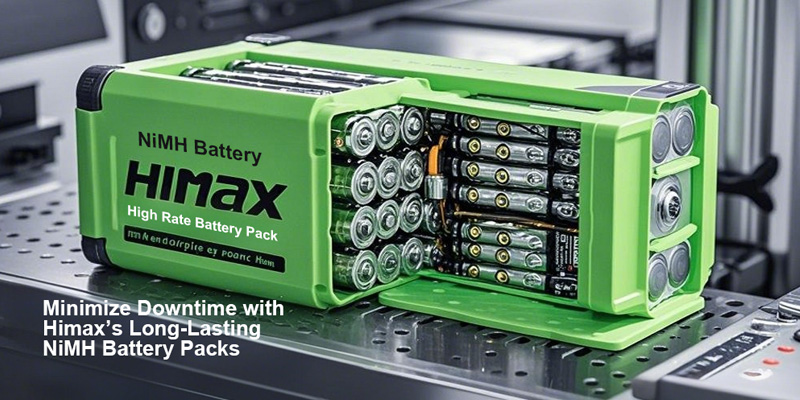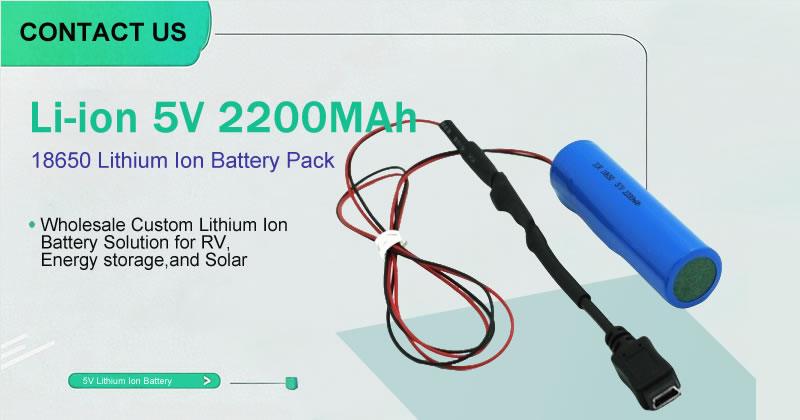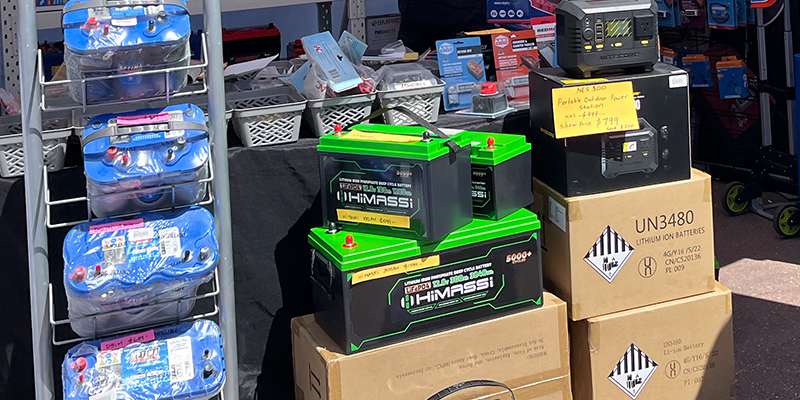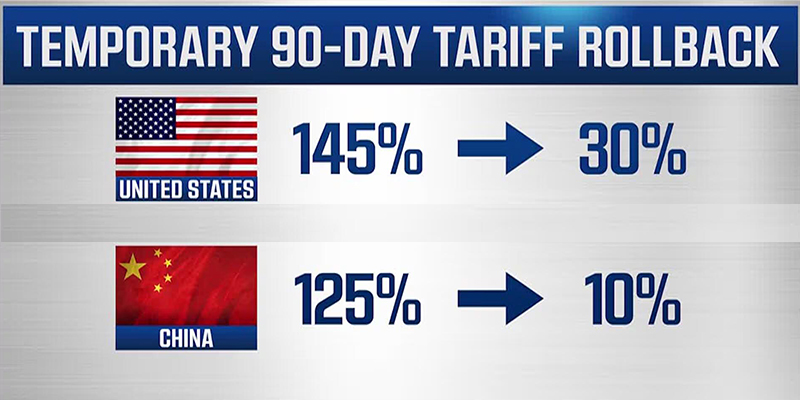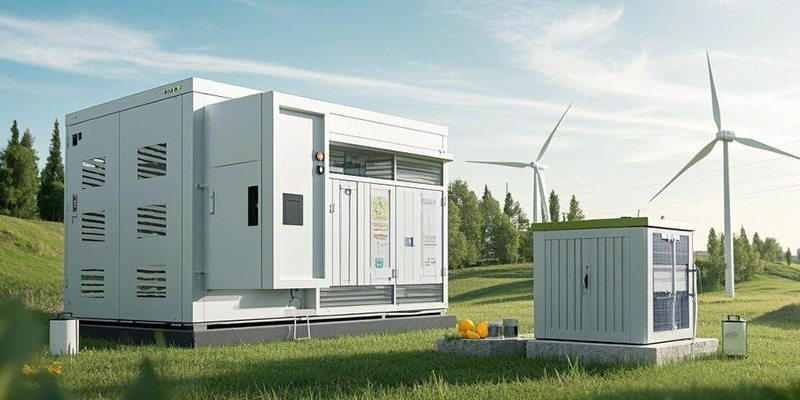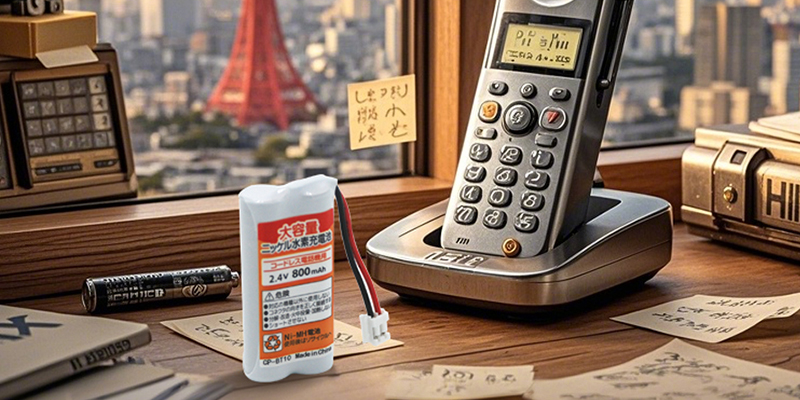5V Battery 2025 Guide: How They Work, Types, Uses, and Buying Tips
What You Need to Know About How 5V Batteries Work
Understanding how a 5V battery operates is the first step to making smart choices when buying or using one. Here’s a quick rundown of the basics:
What Does 5V Mean?
The “5V” in a 5V battery refers to its output voltage of 5 volts, a standard widely used for USB-powered devices. This voltage level provides stable power for most portable electronics, like smartphones, tablets, and small fans.
How They Work
A 5V battery generates electricity through an internal chemical reaction. Take lithium-ion batteries, for example: lithium ions move between the positive and negative electrodes through an electrolyte, creating a flow of electric current. To deliver a steady 5V output, many 5V batteries come with a built-in voltage regulator (like a boost or buck converter). For instance, a common 18650 lithium-ion battery has a nominal voltage of 3.7V, so a boost circuit steps it up to 5V. On the flip side, some higher-voltage batteries need a buck converter to lower the voltage to a stable 5V. This regulation ensures your device gets consistent power, no matter the battery’s charge level.
Common Battery Chemistries
The main types of 5V batteries are lithium-ion (Li-ion) and lithium-polymer (Li-Po). Lithium-ion batteries are the go-to choice because of their high energy density and rechargeability, making them perfect for a range of portable devices. Lithium-polymer batteries, meanwhile, are known for their flexibility in shape and lighter weight, often used in smaller gadgets where custom battery shapes are needed. Both types offer long cycle life and low self-discharge rates, ideal for the demands of modern electronics.
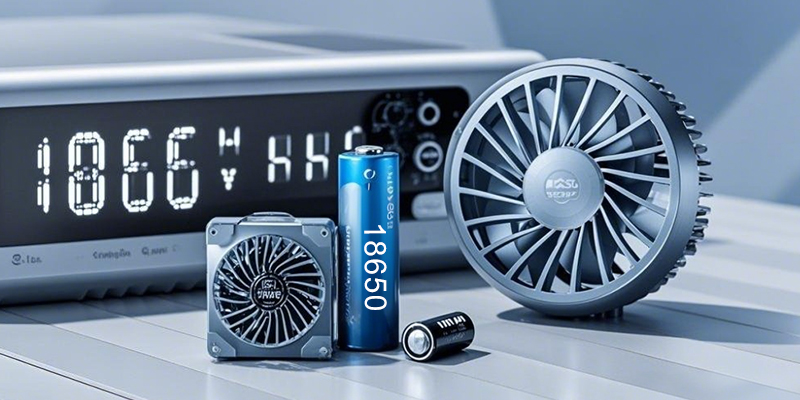
Types of 5V Batteries and Their Features
5V batteries come in different types based on their chemistry and shape, each with unique traits suited for specific uses.
Lithium-Ion Batteries (Li-ion)
Lithium-ion batteries are the most common type of 5V battery, known for their high energy density and lightweight design, making them a popular choice for portable devices. The 18650 battery is a typical example, with a nominal voltage of 3.7V that can be boosted to 5V using a circuit. These batteries usually have capacities between 2000mAh and 3500mAh, great for powering things like portable phone chargers or small electronics.
Lithium-Polymer Batteries (Li-Po)
Lithium-polymer batteries stand out for their flexible shapes and lighter weight, making them ideal for compact devices. They can be custom-made to fit specific device designs and are often found in products like earbuds or smartwatches. Li-Po batteries have a slightly higher energy density than lithium-ion ones and are generally safer, though they tend to cost more.
Other Types
Beyond lithium-based options, there are other 5V batteries. AA or AAA batteries, for example, can be used with a boost converter to reach 5V, which is handy for temporary or emergency use. Button cells, like the CR2032, are often used as backup power for small devices such as remote controls or sensors. These have lower capacities but are super compact and easy to carry.
Shape and Form Factors
Exploring the Diversity of 5V Battery Form Factors. 5V batteries come in various shapes to suit different devices: cylindrical (like 18650 batteries), rectangular (like those in phones), and pouch-style (like lithium-polymer batteries). These different forms allow users to pick a battery that fits their device’s space and design needs.
Where 5V Batteries Are Used
Thanks to their universal voltage, 5V batteries are used in a wide range of scenarios. Here are some of the most common applications:
Portable Electronics
5V batteries are a go-to power source for portable devices like smartphones and tablets. Through a USB connection, they deliver stable charging power. For example, many power banks use 5V lithium-ion battery packs with a boost circuit to output 5V, keeping your phone charged on the go.
Household Gadgets
In everyday home life, 5V batteries are everywhere. They power remote controls, LED lights, small fans, and kids’ toys. These devices usually don’t draw much power, so a 5V battery can provide long-lasting performance for daily use.
Industrial and Medical Devices
5V batteries also play a big role in industrial and medical fields. Portable devices like pulse oximeters or industrial sensors often rely on 5V batteries to operate without a direct power source. These applications demand high reliability and safety from the battery.
Energy Storage and Emergency Power
5V batteries are used in solar energy storage systems and emergency lighting. For instance, some solar panels come with 5V battery packs to store energy, providing light or charging options during outdoor trips. In emergencies like power outages, a 5V battery can serve as a backup to charge your phone or power a flashlight.
Education and DIY Projects
For students and DIY enthusiasts, 5V batteries are a great choice for experiments and projects. In setups like Arduino or Raspberry Pi, a 5V battery can power the board, supporting sensors and modules. These scenarios often require a battery that’s portable and compatible with various components.
Practical Tips for Buying a 5V Battery
Now that you know how 5V batteries work, the types available, and where they’re used, how do you pick the right one? Here are some practical tips to guide you:
Capacity and Battery Life
Choosing the right capacity is key. For small devices like remote controls, a 2200mAh battery is plenty for daily use. For power-hungry devices like portable chargers, go for something with 5000mAh or more to ensure longer runtime. When shopping, check the battery’s actual capacity to avoid products with exaggerated claims.
Safety Features
Safety should always be a priority when buying a 5V battery. Look for batteries with a built-in Battery Management System (BMS), which helps prevent overcharging, over-discharging, and short-circuiting. This is especially important for portable devices, where safety directly impacts your experience and the device’s lifespan.
Brand and Certifications
Stick to brands that have certifications like CE or RoHS, which show the battery has passed strict quality tests. Well-known brands often have better manufacturing standards and customer support, reducing the risk of buying a dud.
Budget Considerations
Your budget matters, too. If you’re on a tight budget (under $100), opt for a cost-effective standard battery that meets basic needs. If you’ve got more to spend (over $100), consider custom or high-capacity batteries, which offer better performance and durability for long-term use.
Usage Environment
Think about where you’ll use the battery. Most 5V batteries perform best between -20°C and 60°C, and extreme temperatures can affect their performance. Also, make sure the battery’s size and connector (like a USB interface) match your device’s requirements.
Try HIMAX’s 5V Batteries
Among the many 5V battery brands out there, HIMAX Electronics stands out as a trusted online retailer specializing in high-quality lithium batteries, known for exceptional performance and top-notch service. With 18 years of manufacturing experience and rigorous quality testing, HIMAX is committed to delivering safe, reliable battery solutions.
You can’t go wrong with the “HIMAX 5V 18650 Lithium-Ion Battery Pack.” This pack has a 2200mAh capacity and comes with a USB interface, making it perfect for charging portable devices like smartphones or LED lights. It’s built with a BMS for safe, stable performance, and HIMAX offers customization options so you can tweak the capacity or shape to fit your device’s needs. Still unsure about which 5V battery to choose? Check out the HIMAX Electronics website to explore their range of high-quality 5V batteries and find the perfect power solution for your devices!
